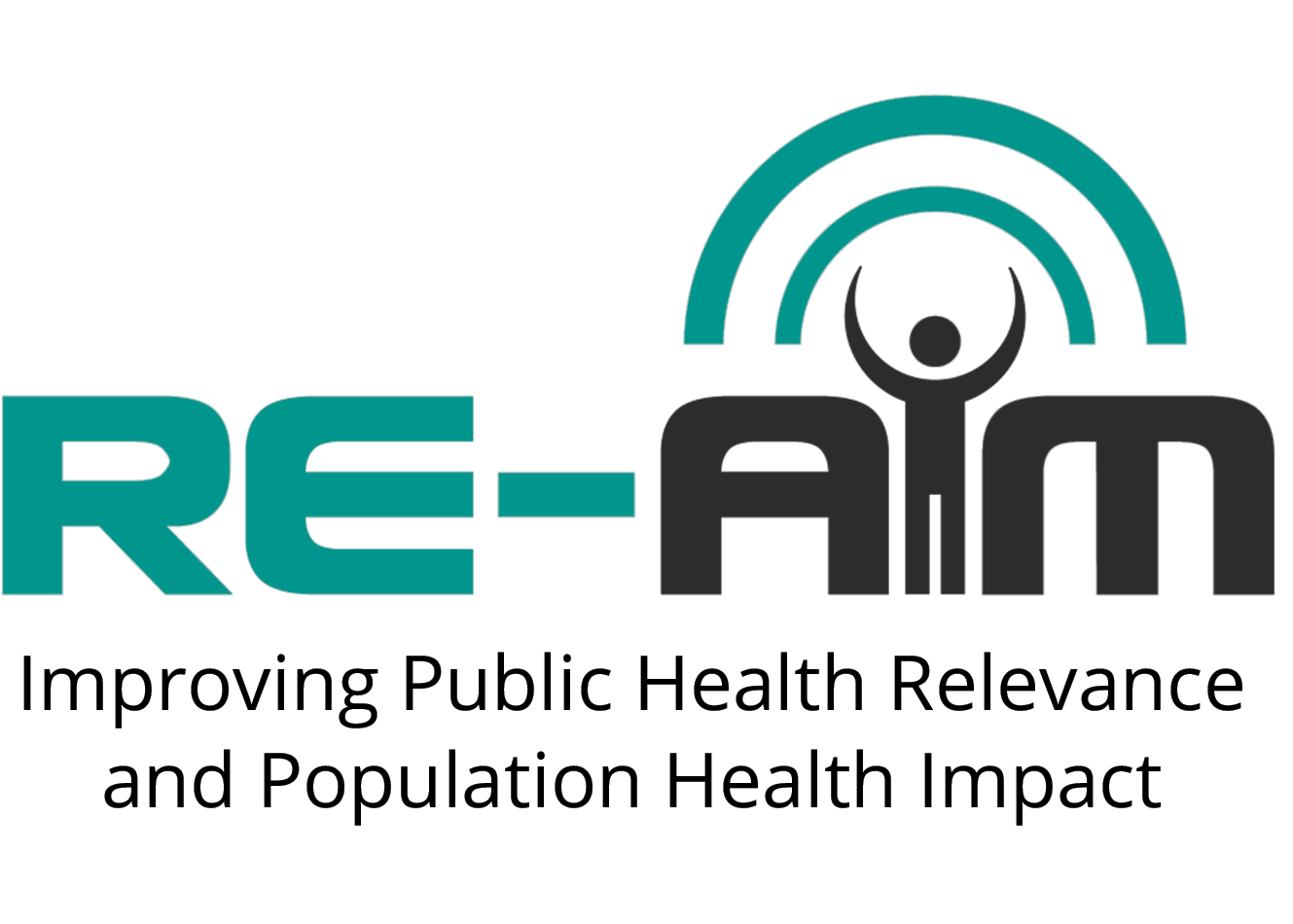Improving Reach
REACH is the absolute number, proportion, and representativeness of individuals who participate in a given program.
(Representativeness refers to whether participants have characteristics that reflect the target population’s characteristics. For example, if your intent is to increase physical activity in sedentary people between the ages of 35 and 70, you wouldn’t test your program on triathletes.)
There are a number of strategies that you can use to enhance the reach of your program. All of the strategies can be summed up in two words-advertising and outreach. However, some strategies are better than others and what is best for your program will depend on the characteristics of your target population and your organization. Read our suggestions and select strategies that best fit your situation.
Steps to Improve Reach
- Build relationships with your community and target population.
- Give presentations at local events to highlight your program.
- Offer in-service training to staff at sites where you will be recruiting.
- Assist with community events in exchange for opportunity to distribute program information.
- Ask your staff to volunteer in settings where you will recruit e.g., school tutoring, meals-on-wheels to seniors.
- Get your target population to participate-be sure to include both current users of your services and non-users. Recruitment will be more effective if you rely on potential users to guide you. Ask them what is most likely to motivate people like them and what information sources they consider valuable and credible.
- Draft slogans, posters, flyers, and personal contact promotion strategies.
- Allow for modifications, revisions, and new ideas from representatives of your target population.
- Identify barriers to participation. Ask for feedback on ways to reduce these barriers.
- Find out where the target population typically “hangs out.” Particularly determine where people who are usually “hard-to-reach” can be contacted.
- Determine how your target population typically gets information and how credible each source of information is to this group.
- Determine what recruitment materials are best for your program. Your target audience will be extremely helpful in developing content and identifying appropriate reading levels for recruitment materials. Following are examples of materials that you can customize based on information that you collect from target population representatives in Step 2.
- Radio, newspaper advertising, and appearances on local television news programs are effective means of advertising. In many cases, public service announcements, news releases, and program personnel interviews can be done at no cost to the organization.
- Brochures and less formal flyers can be used to provide a detailed description of the program. It is best to distribute brochures and flyers at the “hang out” locations identified in Step 1 and at the program delivery location.
- Bulletin board displays are an inexpensive form of recruitment. It is best to use displays at the “hang out” locations that the target population already frequents and at the program delivery location.
- Newsletters can accommodate full articles or small ads that describe the program. In many cases, members of a target population may receive regular newsletters from a common organization. When possible, use such newsletters to contact a broad range of people in your target population.
- Word of mouth is another inexpensive form of recruitment. This can take on many forms, such as presentations by program personnel and endorsements from members of the target population.
- Internet advertising may also be useful.
- Go to where the target population is and don’t make them come to you for recruitment materials. There are many community settings that you can and should use as recruitment locations.
- For each of the locations listed below, you can modify and use various recruitment materials described above.
- Faith-based institutions
- Community centers
- Local clubs and organizations that cater to the target population
- Group living environments
- Social services settings
- Primary care physician clinics
- Schools
- Worksites
- Fast food restaurants
- More active recruitment may be needed for some target populations. In addition to using advertisements, you might need to consider recruiting at community events such as congregate meals or health fairs.
Visit the publications page for links to abstracts of related journal articles.
Read the abstract of a journal article where researchers report on the Reach of different strategies for recruiting minority participants. The intervention targets tobacco cessation among African American adults.
